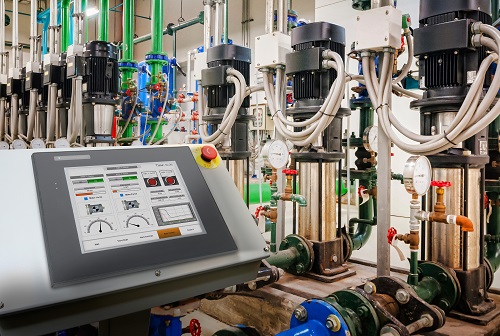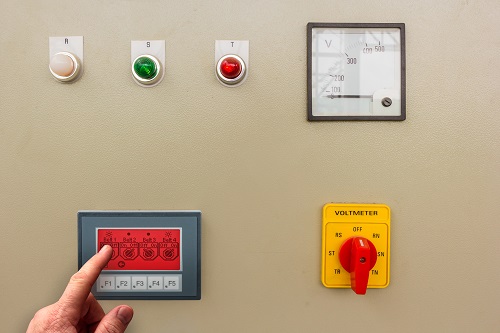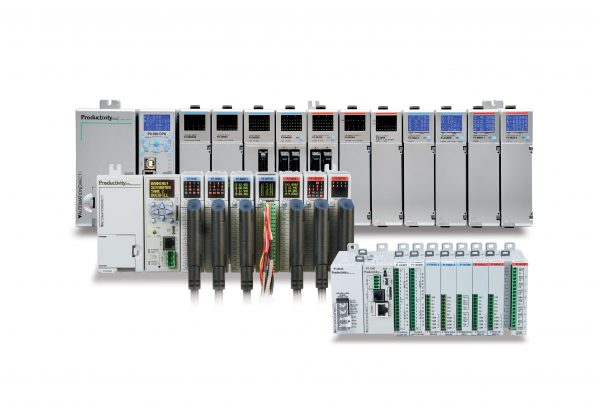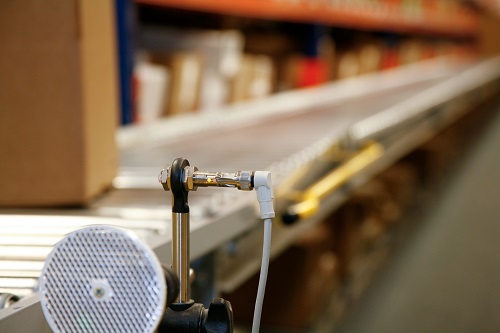In addition to following industry regulations, internal company standards should be created and adhered to so existing and new plant automation system designs are consistent. These internal standards should help define best practices and provide clear guidelines for system design, and for hardware and software used on the factory floor. If not, you may have a mess on your hands.
Bill Dehner, technical marketing engineer at AutomationDirect, wrote an article titled Setting Internal Automation Standards, providing key automation areas that companies, plants and facilities should focus on when setting internal standards for plant floor automation systems’ hardware and software.
There is more to it than just following industry regulations. Dehner pointed out internal standards should cover four key areas as shown in the Table.
Table, Four Key Automation Standards Areas
- Safety, Electrical and Pneumatics
- HMIs and OITs
- Controllers and I/O
- Sensors and Instruments
He discussed these four areas and provided several suggested best practices.
Safety First
Much information that is well defined by national and international agencies can be found online regarding safety, electrical and pneumatic regulations. Use of appropriate regulations must be defined in internal standards.
The National Electrical Code (NEC), National Fire Protection Association (NFPA), and National Electrical Manufacturer’s Association (NEMA) are some of the big ones that should be noted in internal standards, and there are many others. Dehner pointed out another critical regulation to follow.
The NFPA 79 Electrical Standard for Industrial Machinery is a good place to start for protecting operators, machinery and facilities from electrical and fire hazards. Additional requirements may be available from regulatory or government offices. These offices can help determine which codes and standards are necessary for safe machine installation and operation.
List all appropriate regulations and codes and make sure all internal and external personnel are aware of them.
Include the Displays

Office grade hardware is not the best for use on the plant floor, so include internal standards for human machine interfaces (HMI) and operator interface terminals (OIT). A minimum of NEMA 12 protection and up to 50 °C operating temperature is a good starting point.

Dehner points out that it is important to specify vendor-specific products, as well as when to use more advanced features.
Use cases for specific HMIs and OITs should be clearly defined. A micro touch text panel OIT can provide cost-effective graphics and operator interaction for small machines but would not be suitable for medium to large machines, or for a production line. When it comes to graphically displaying every pushbutton, switch, meter, and peripheral device on an automated piece of equipment, display size matters. Internal standards should therefore clearly state screen size requirements, along with a range of defining the appropriate number of screens for each type of application.
Dehner also discusses screen design standards and screen layout for a consistent feel. This includes programming software and communication protocols.
HMIs and OITs connect to controllers, plant networks and possibly the cloud. Internal standards should define acceptable hardware connections and communication protocols. Common hardware connections include Ethernet, RS-232C/422/485 serial, and USB. Over ten different industrial Ethernet protocols are available for use, an unwieldy amount, so internal standards should define a smaller number of protocols acceptable for use. The same is true for serial protocols.
Dehner also recommends secure remote access.
Remote access policies should also be carefully considered and defined. Some HMIs allow remote users to connect, monitor and control an HMI using a PC, laptop, smartphone and/or laptop. If this access is to be allowed, a list of approved users, with levels of access for each, must be specified. Login procedures, multilevel access control, and program notification tags should also be carefully specified to provide the required level of cyber security.
Controllers
You have probably heard of the three mains types of controllers—PLCs, PACs and industrial PCs—so it is necessary to pick one as an internal standard. Often a single vendor is specified, but that is often flexible.
Controller functionality is merging, so for many plants and facilities, specifying a single family of controllers from one vendor can cover most applications.

Communication protocols were touched on in the HMI discussion above and should be documented for use with controllers as well.
The protocol preference is often driven by the controller selected. With any controller chosen, it’s a good practice to include several communication ports, with Ethernet being the most important. It’s almost a must for future IoT and smart machine requirements.
How applications effect controller selection should also be addressed in internal standards. Motion control applications may require a more advanced controller than a simple lean assembly machine. Communication needs should also be carefully specified, as well as data collection requirements.
Dehner suggest getting control of your programs by creating standards.
Controller programming standards are a critical internal standard to define. Requirements and programming methods, along with examples, should be documented in a separate manual. Without these types of standards, each programmer may go their own way, creating an undecipherable collection of software applications.
Field Devices
Next in the automation system hierarchy are field device standards.
Sensor and instrumentation standards can help improve machine control and reduce required spares. For example, a common internal standard is a requirement to provide an end-of-travel sensor on every cylinder or actuator. The preferred type of sensor and cable for different sensing applications should also be a specified.

As with HMIs, OITs and controllers, acceptable communication protocols must be defined to prevent an unwieldy proliferation of incompatible protocols.
In the article, Dehner also pointed out that having different sensor suppliers and types of sensors on each machine is not efficient for implementation or support. He recommends creating a short list of sensor and instrumentation vendors, to cover most applications, as part of an internal standard.
In closing, Dehner sums it up well.
Whether it’s an HMI/OIT, a controller or a field device, minimizing the number of vendors and communication protocols will lower costs, simplify training and improve productivity. The time spent documenting the internal standards is well worth it in the long run to realize these benefits, and to improve safety.
AutomationDirect can help you meet industry regulations, and define internal standards. Check us out and set the standard for your plant or facility.
For more articles about programmable control, click here.
Originally Published: February 2018

